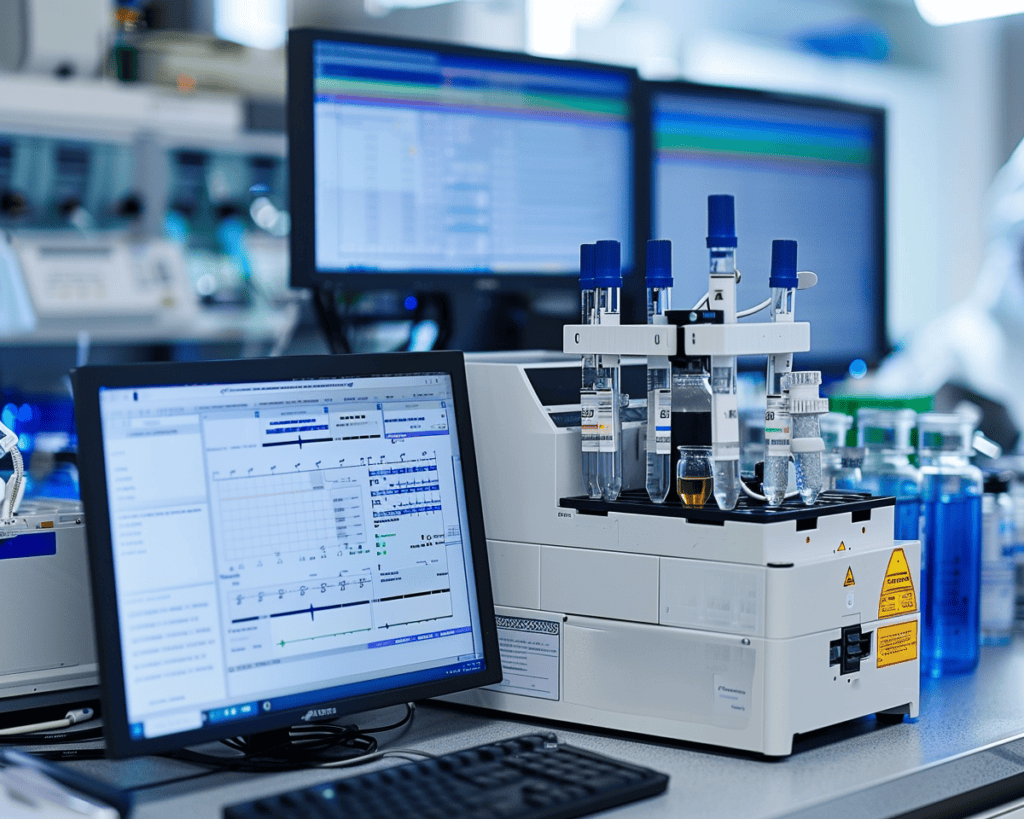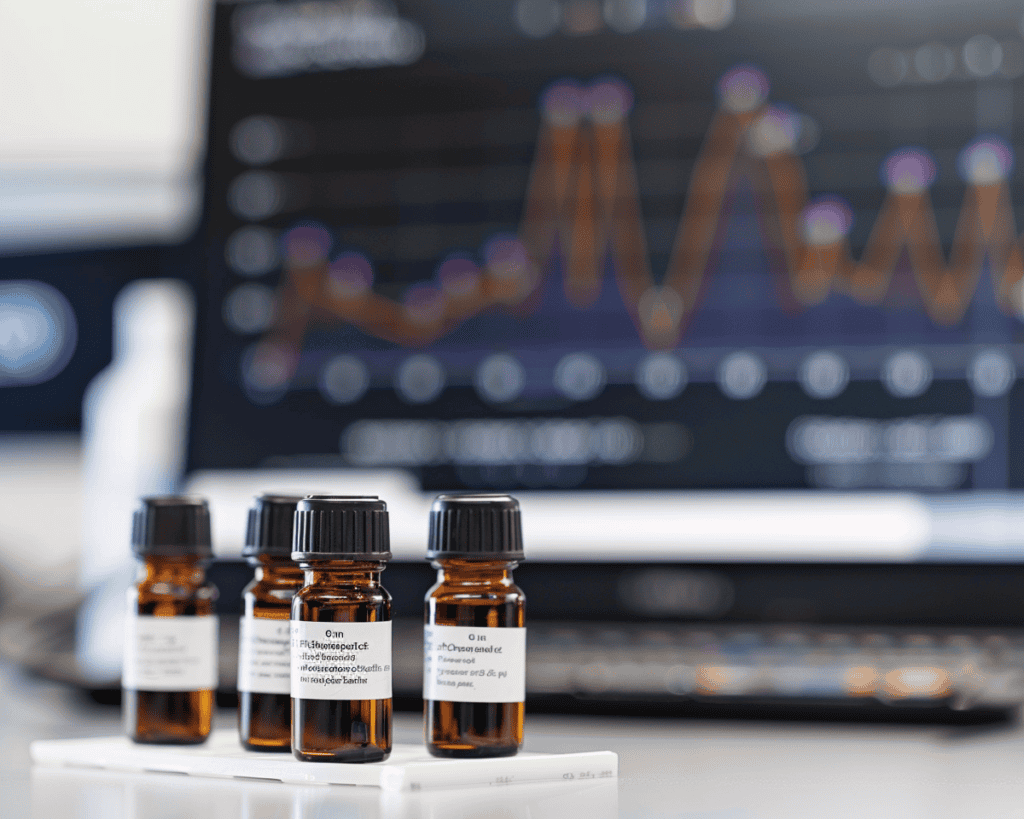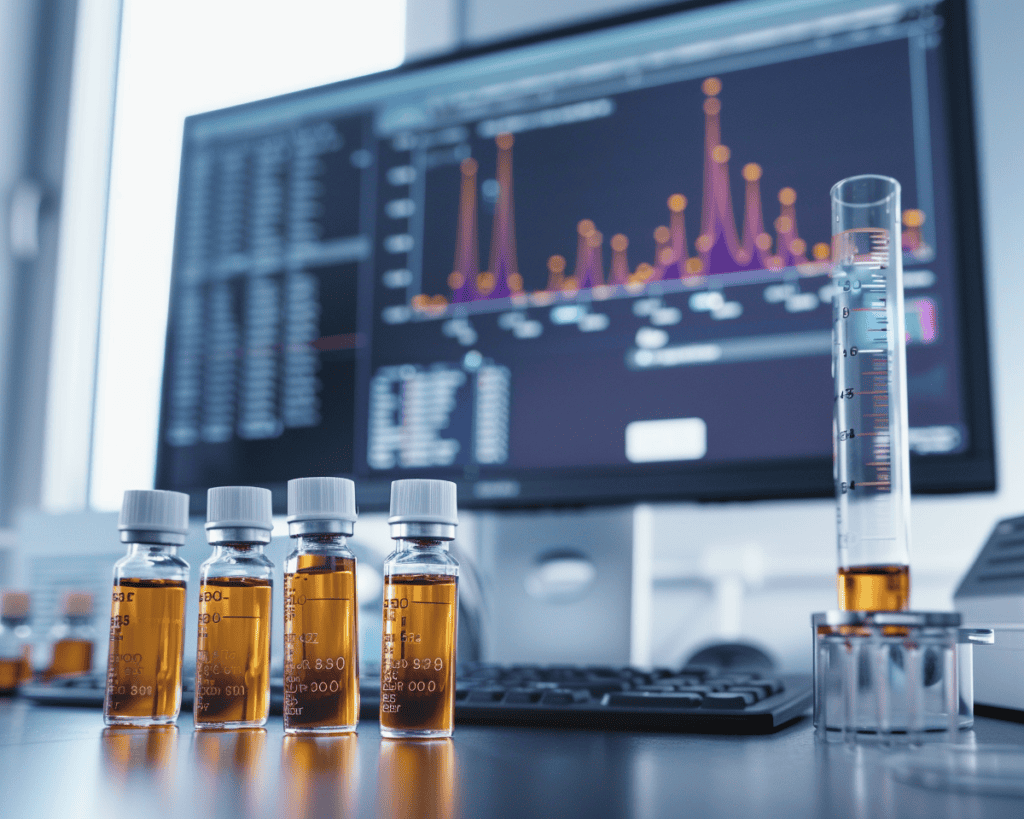Have you ever wondered how often you should calibrate your High-Performance Liquid Chromatography (HPLC) system? It’s a common question, and the answer isn’t as straightforward as one might think. Calibration is crucial for ensuring accurate and reliable results, but the frequency can depend on several factors. Let’s dive into this topic and figure out the best approach for keeping your HPLC in top shape. Do you think frequent calibration is necessary, or is it just a hassle? Let’s explore together.

What Is HPLC Calibration?
Before we get into the nitty-gritty of calibration frequency, let’s quickly recap what HPLC calibration is. Calibration is the process of verifying that your HPLC system produces accurate results. This involves using standard solutions with known concentrations to check the instrument’s response. If the results deviate from the expected values, adjustments are made to correct the system’s performance. In essence, calibration is like giving your HPLC a regular health check-up to ensure it’s running smoothly.
Factors Influencing Calibration Frequency
So, how often should you calibrate your HPLC? The answer isn’t one-size-fits-all. Several factors can influence the calibration frequency, and understanding these can help you decide what’s best for your setup. Here are some key considerations:
Usage Frequency
If you’re using your HPLC system daily, it’s like putting a car through a daily commute. The more you use it, the more often it needs calibration. For systems that see heavy use, a weekly calibration might be necessary. On the other hand, if your HPLC is only used occasionally, monthly or even quarterly calibrations might suffice. What do you think? Is your system getting a workout every day, or is it more of a weekend driver?
Type of Analysis
The type of analysis you’re conducting can also impact how often you should calibrate. For routine analyses where precision is critical, more frequent calibrations are advisable. For example, if you’re working in a pharmaceutical lab and need to ensure compliance with regulatory standards, weekly calibrations might be necessary. However, for less critical applications, such as preliminary research or environmental monitoring, a less frequent schedule may be acceptable.
Environmental Conditions
Believe it or not, the environment where your HPLC system is located can affect its performance. Factors like temperature, humidity, and even the cleanliness of the lab can impact the instrument’s stability. If your lab environment is prone to fluctuations, more frequent calibrations may be needed to account for these changes. Have you noticed any variations in your lab’s environment? It might be worth considering when planning your calibration schedule.
Recommended Calibration Schedule
Given these factors, what’s a good rule of thumb for calibration frequency? While there’s no universal answer, here’s a general guideline that many labs follow:
Daily or Weekly
For labs conducting high-precision work or working under strict regulatory requirements, daily or weekly calibrations are recommended. This ensures that the system is always performing at its best and helps catch any issues before they affect your results.
Monthly
For labs with moderate usage and less critical applications, a monthly calibration schedule is often sufficient. This strikes a balance between maintaining accuracy and managing time and resources.
Quarterly
For systems used infrequently or for less demanding applications, quarterly calibrations may be adequate. However, it’s essential to monitor the system’s performance closely and adjust the schedule if needed.
Before Critical Runs
Regardless of your regular schedule, it’s always a good idea to calibrate your HPLC system before any critical runs. This is especially important for high-stakes experiments or when analyzing valuable samples. Do you agree with this approach? It might seem like overkill, but it can save you from potential headaches down the road.


How to Calibrate Your HPLC System
Calibration might sound complicated, but it’s a routine procedure that becomes second nature with practice. Here’s a quick overview of the steps involved:
- Prepare Standard Solutions: Use certified reference materials with known concentrations.
- Run Standards: Inject the standards into the HPLC system and record the response.
- Plot Calibration Curve: Plot the response against the concentration to create a calibration curve.
- Adjust System: If the results deviate from the expected values, adjust the system settings.
- Verify Accuracy: Run additional standards to confirm the calibration.
Common Calibration Mistakes
Even seasoned professionals can make mistakes during calibration. One common error is using expired or contaminated standard solutions, which can skew the results. Another mistake is neglecting to calibrate the detector, which is just as crucial as the pump and column. Additionally, some might overlook the importance of environmental conditions, leading to inconsistent results. Have you ever made any of these mistakes? Don’t worry; we’ve all been there. The key is to learn and improve.
Conclusion
In summary, the frequency of HPLC calibration depends on various factors, including usage frequency, type of analysis, and environmental conditions. While daily or weekly calibrations are ideal for high-precision work, monthly or quarterly schedules may suffice for less critical applications. Always remember to calibrate before any critical runs and be mindful of common mistakes. Calibration might seem like a chore, but it’s an essential step in ensuring accurate and reliable results. What do you think? Is your current calibration schedule meeting your needs, or is it time for a change?
Here are some suggested authoritative sources:
- HPLC Calibration and Operation Guidelines – Washington State University
HPLC Standard Operating Procedure – This document provides detailed guidelines on the operation and calibration of HPLC systems, including turning on/off procedures, detector settings, flow rate calibration, and more.2. HPLC Principles and Calibration Techniques – Michigan State University
- HPLC: High Pressure Liquid Chromatography Introduction– This document covers the basic principles and calibration techniques of HPLC, ideal for beginners and those looking to deepen their understanding of the system’s workings.
- HPLC Calibration Methods – California State University, Northridge Chem 321 Lecture 6 – Calibration Methods – This PDF provides an in-depth explanation of calibration methods used in HPLC, suitable for laboratory use.











